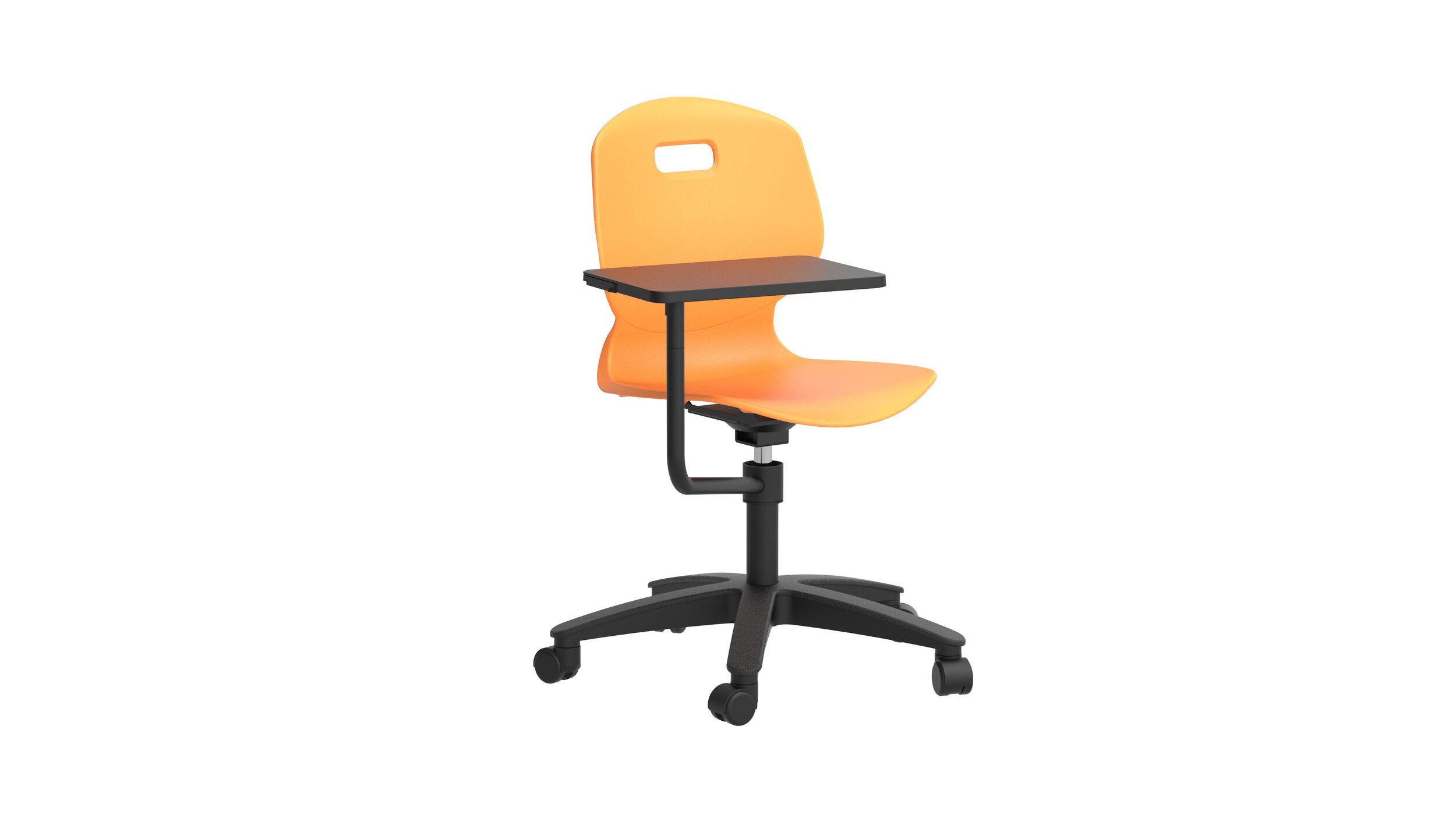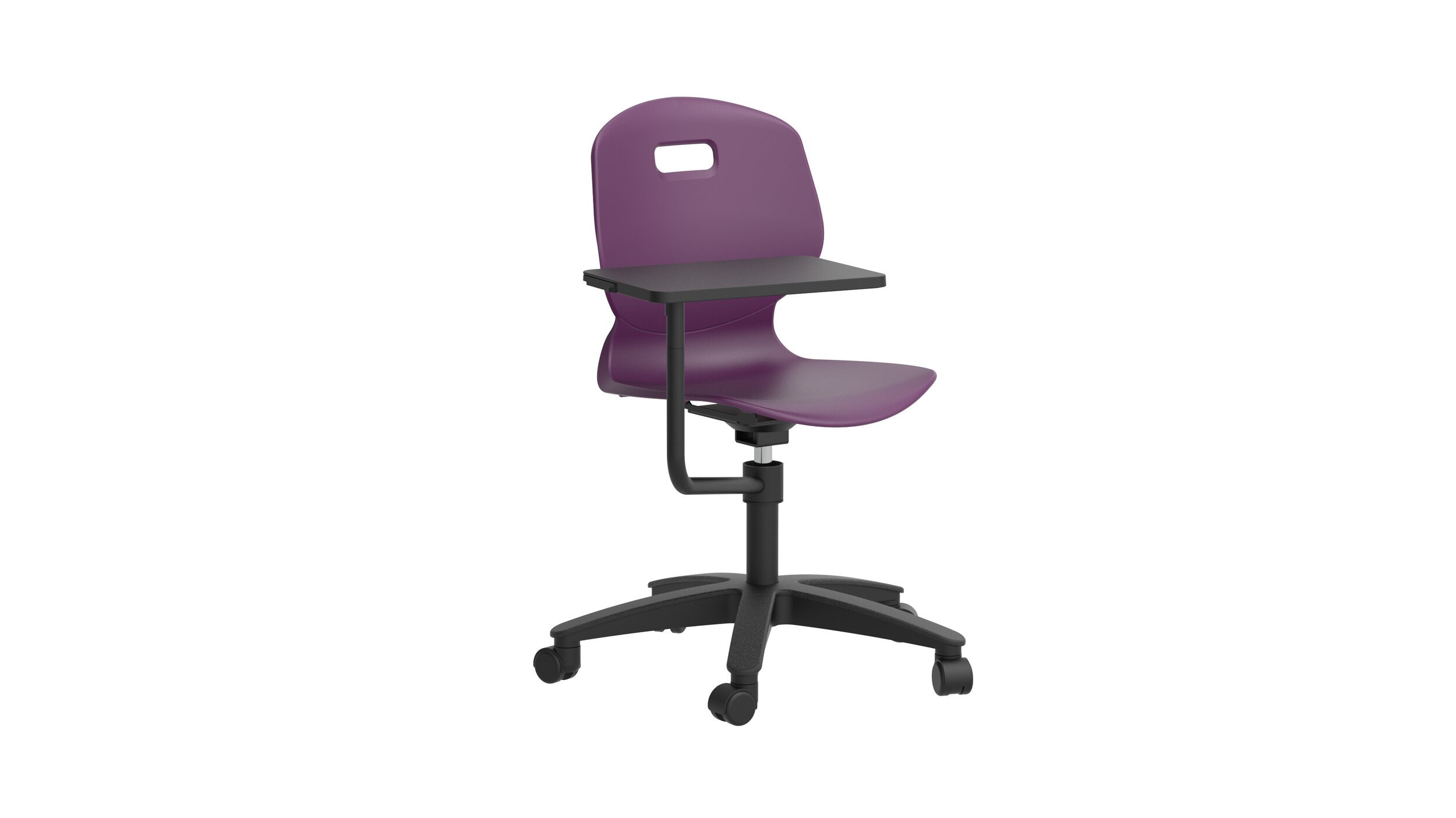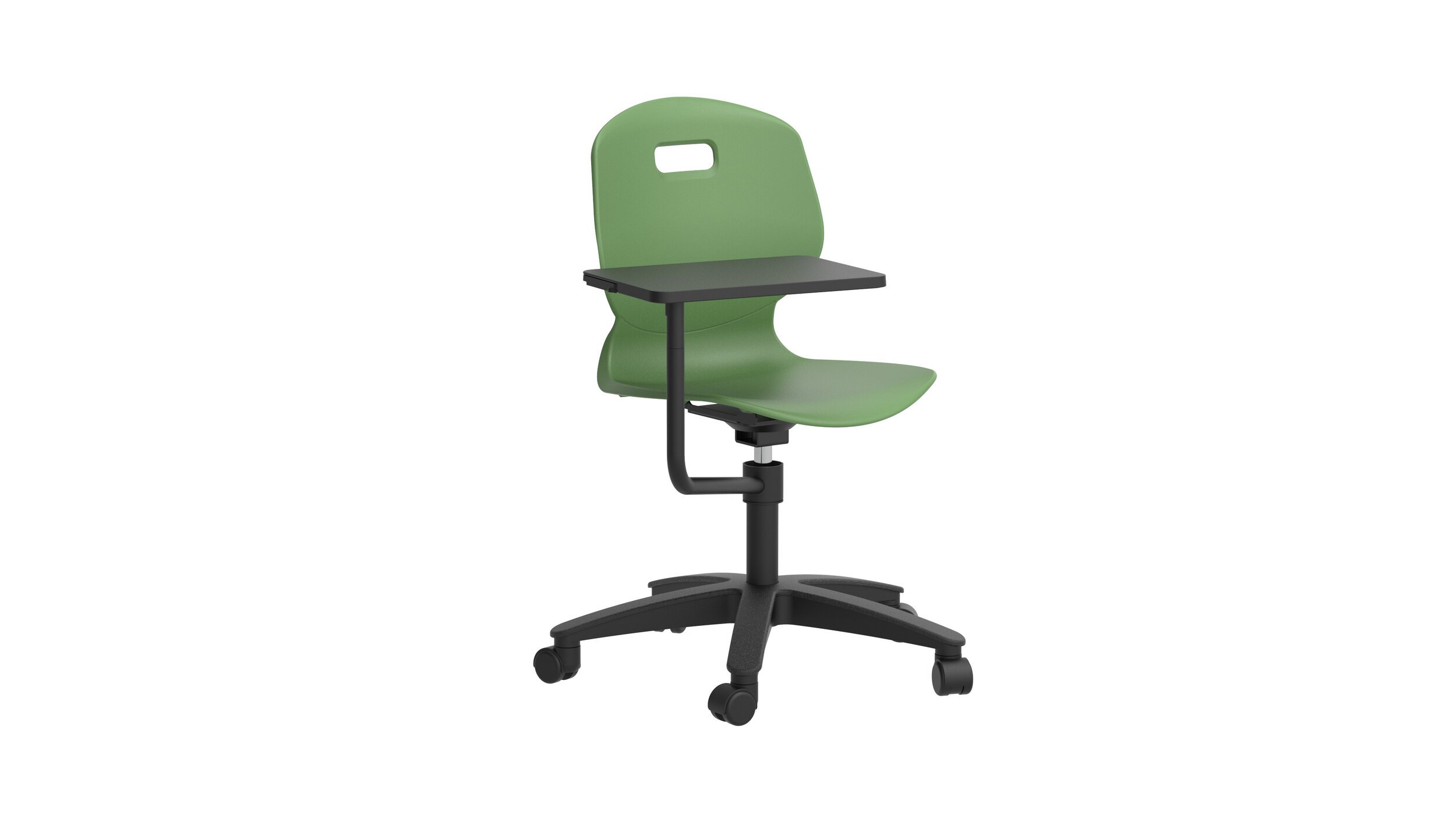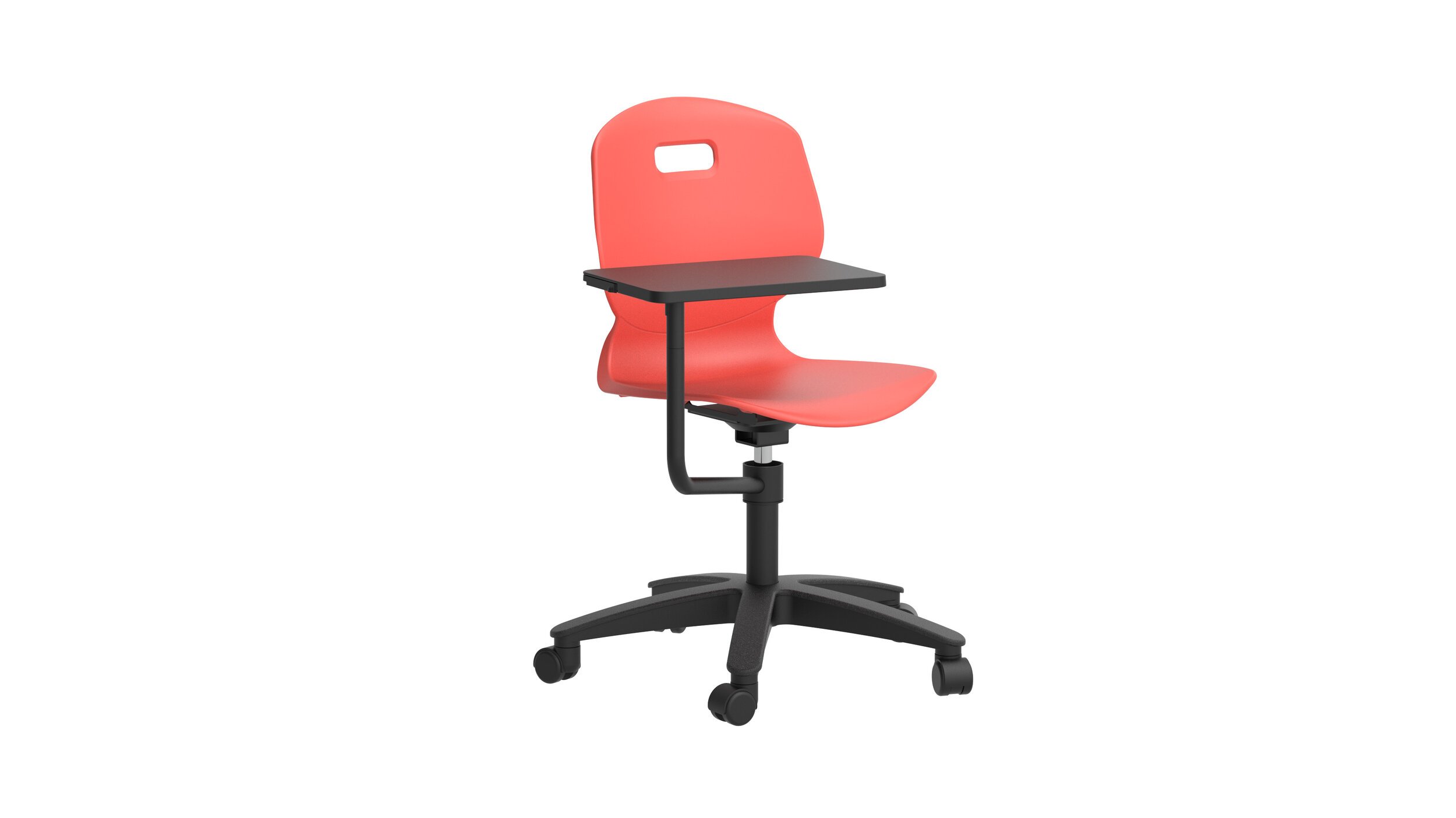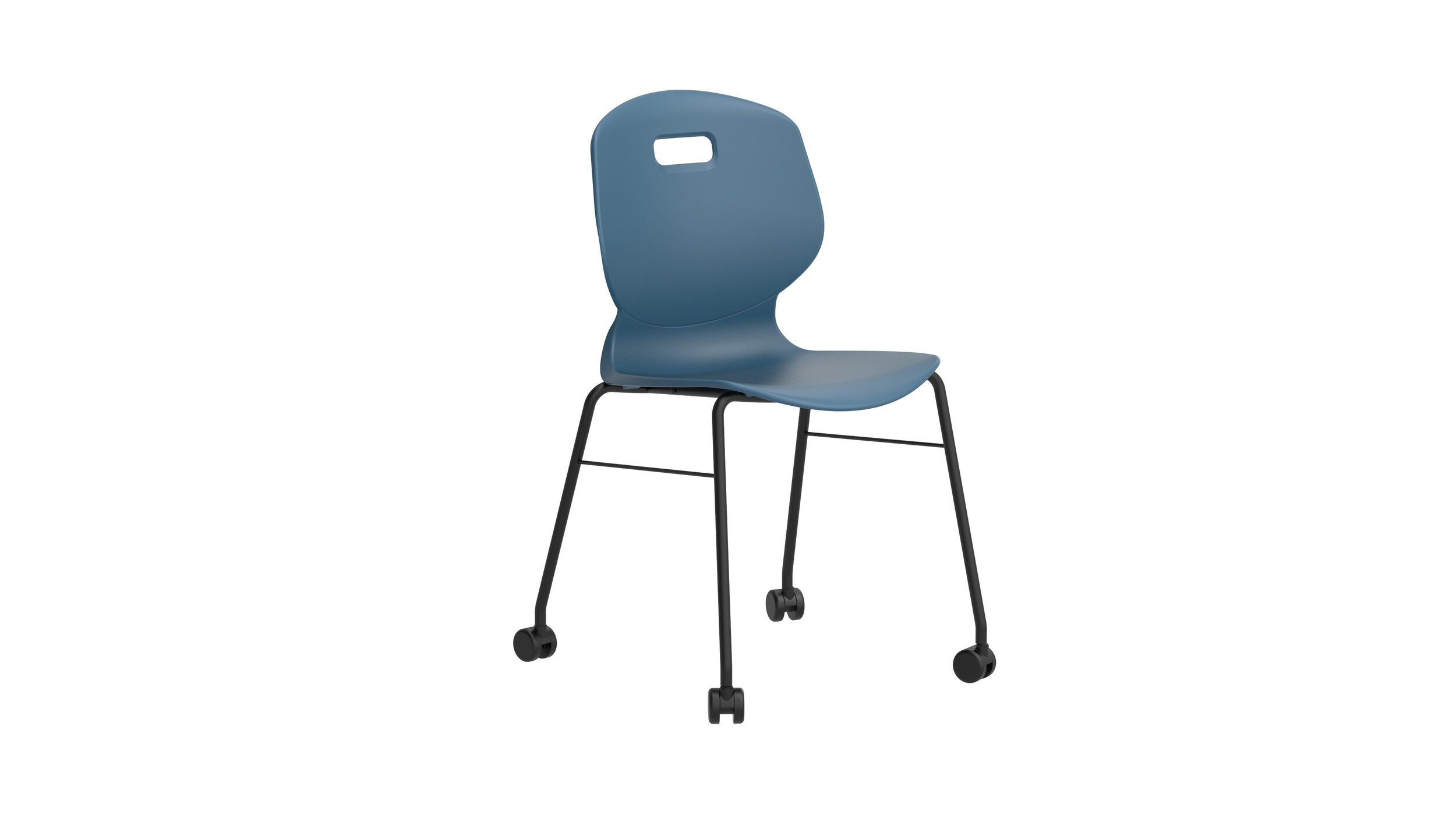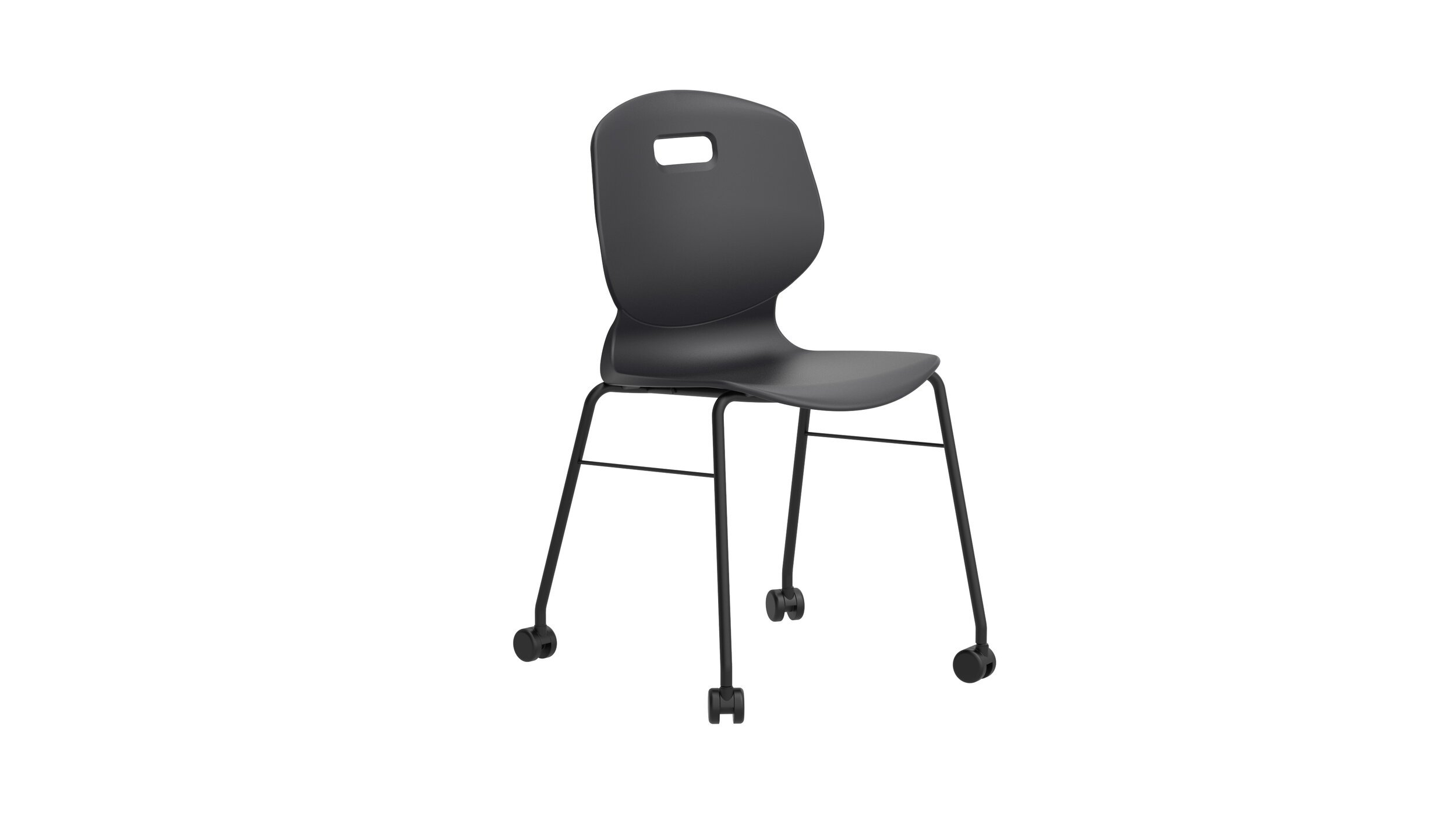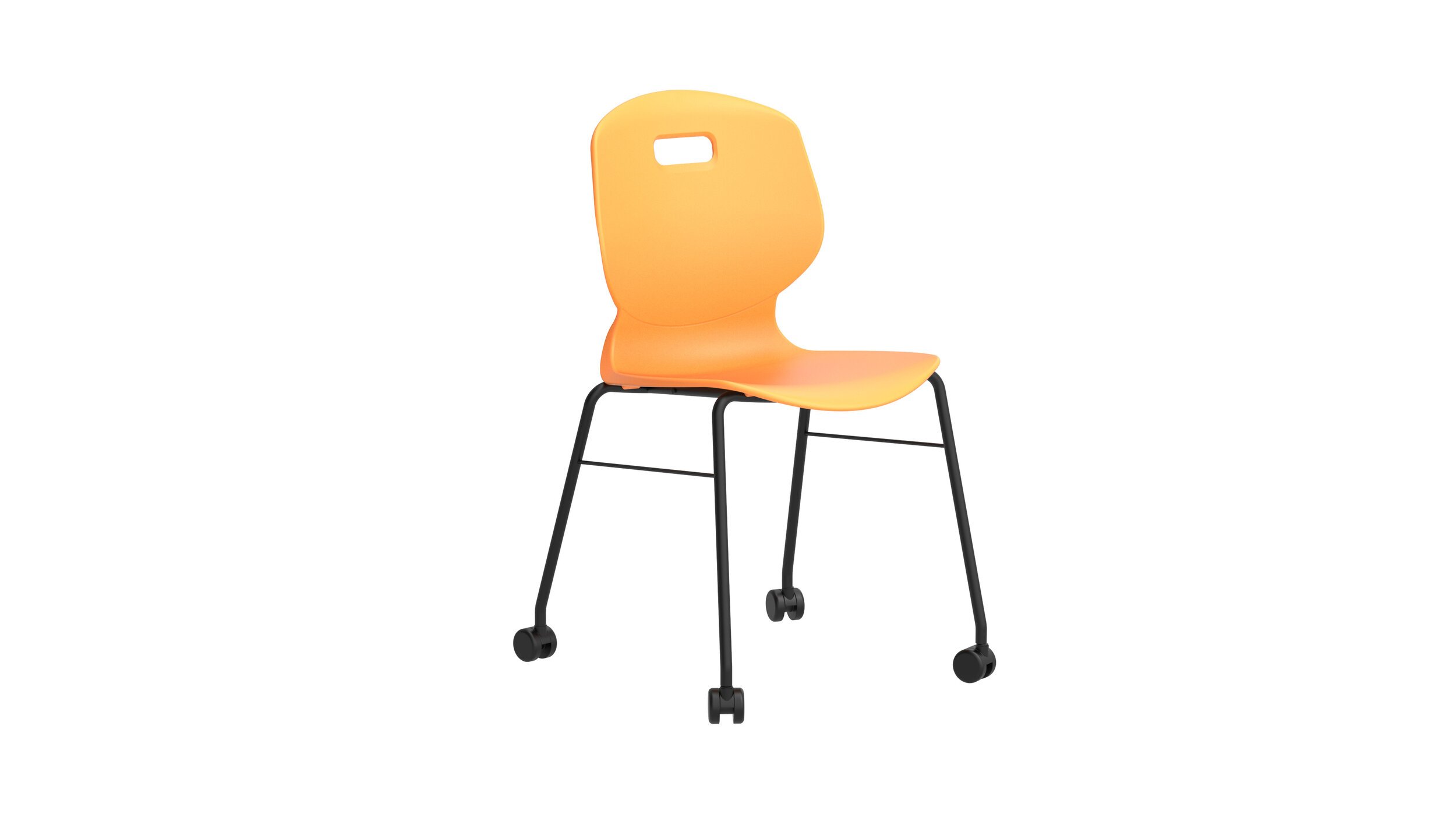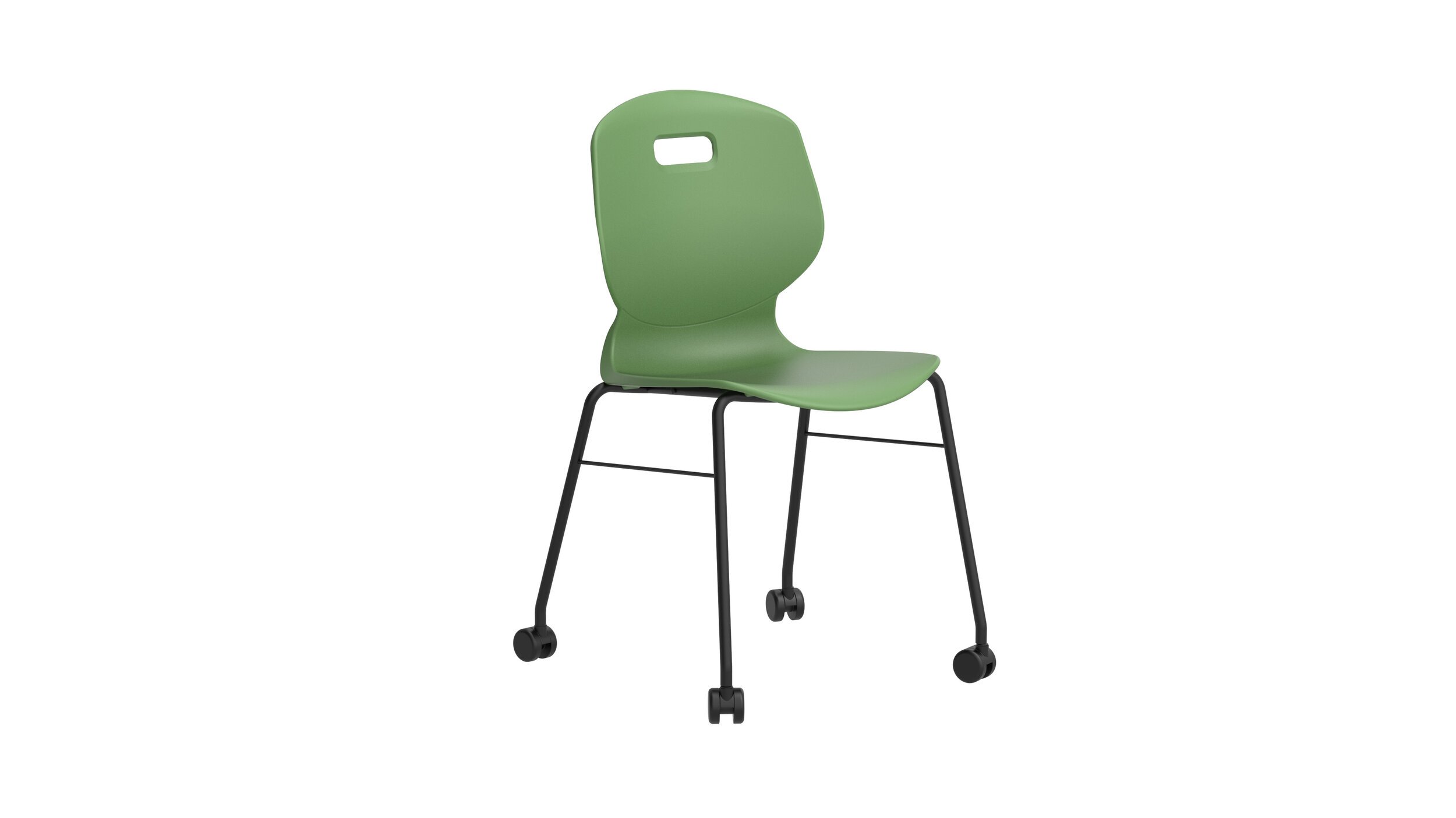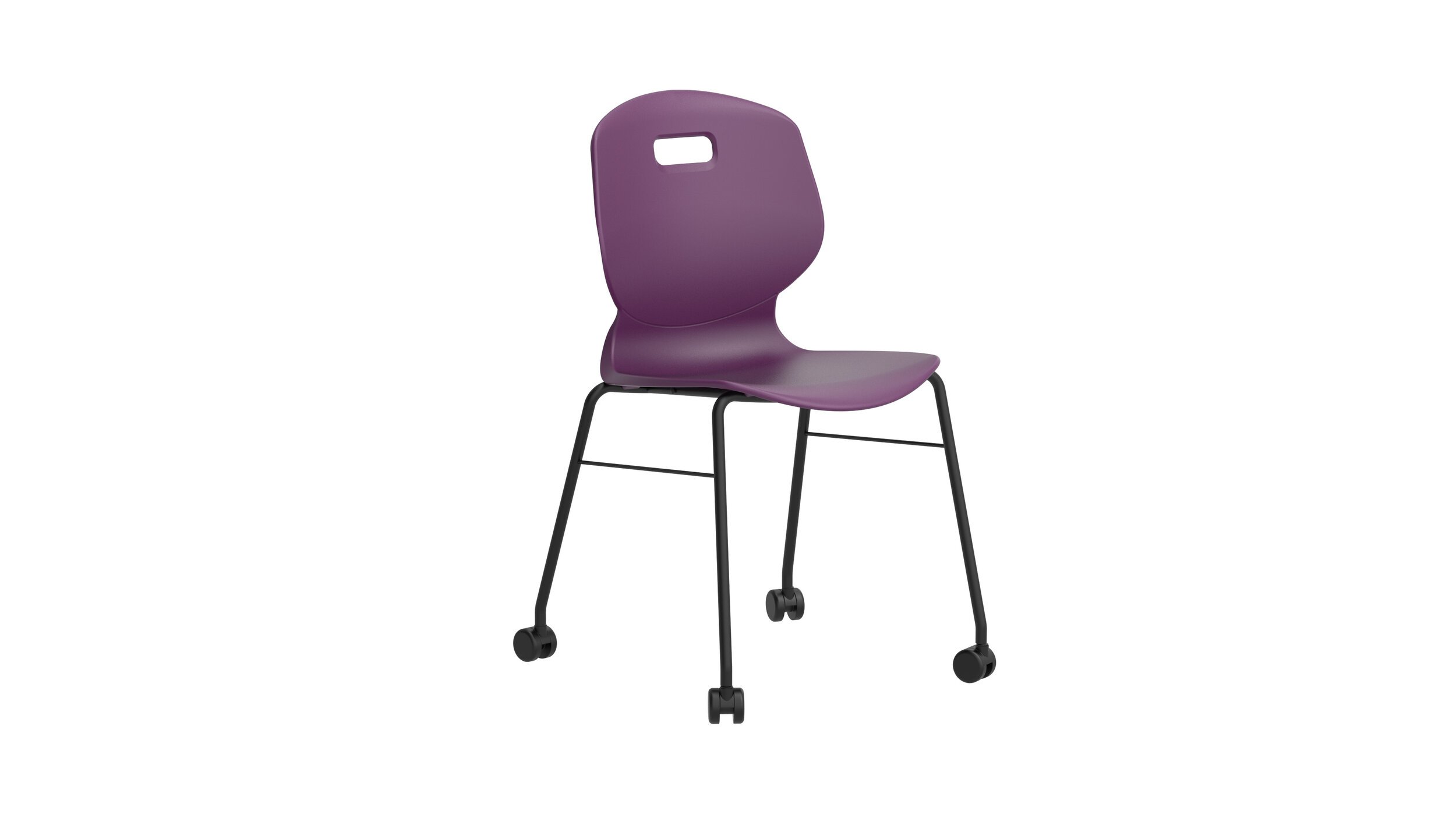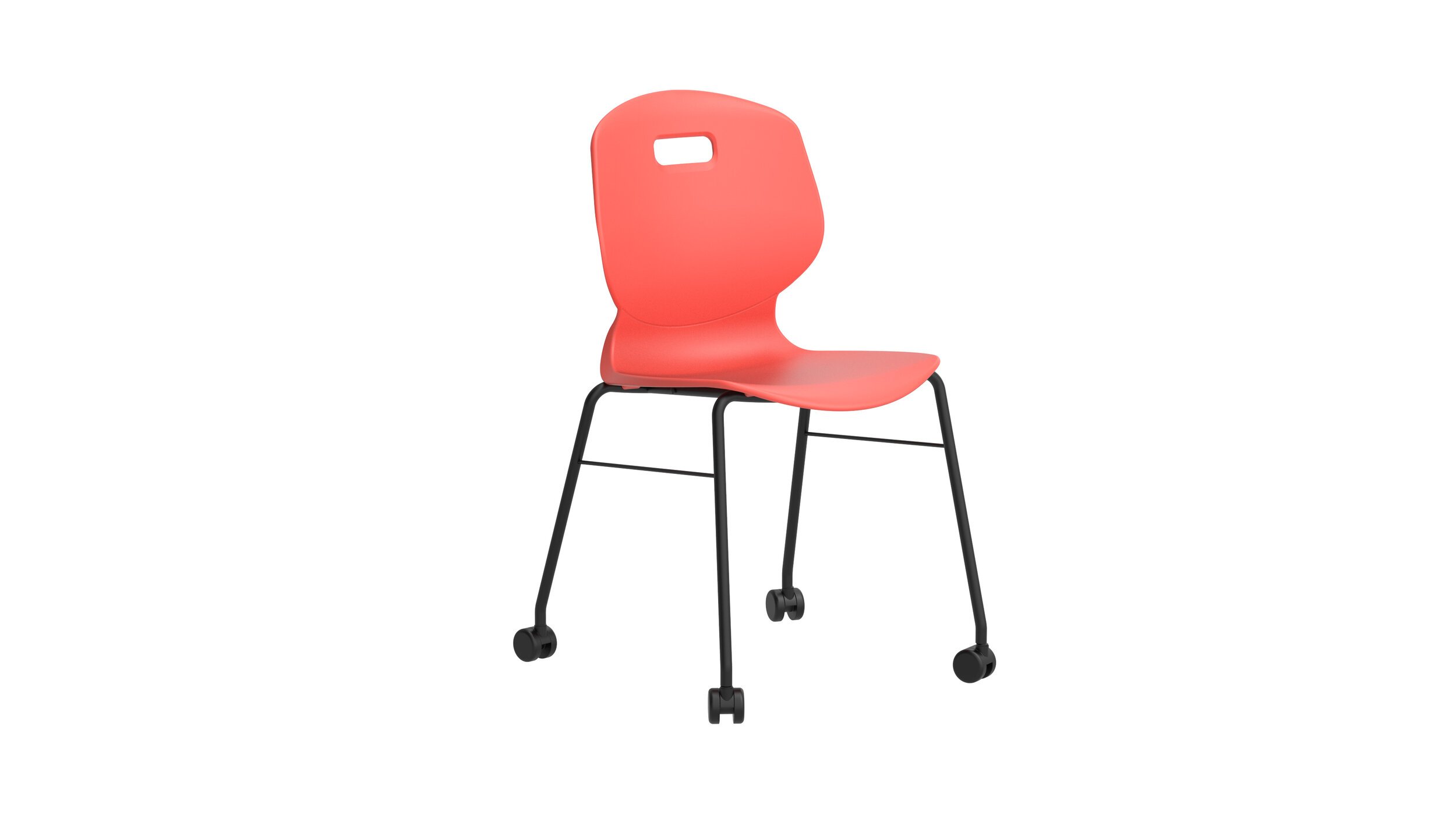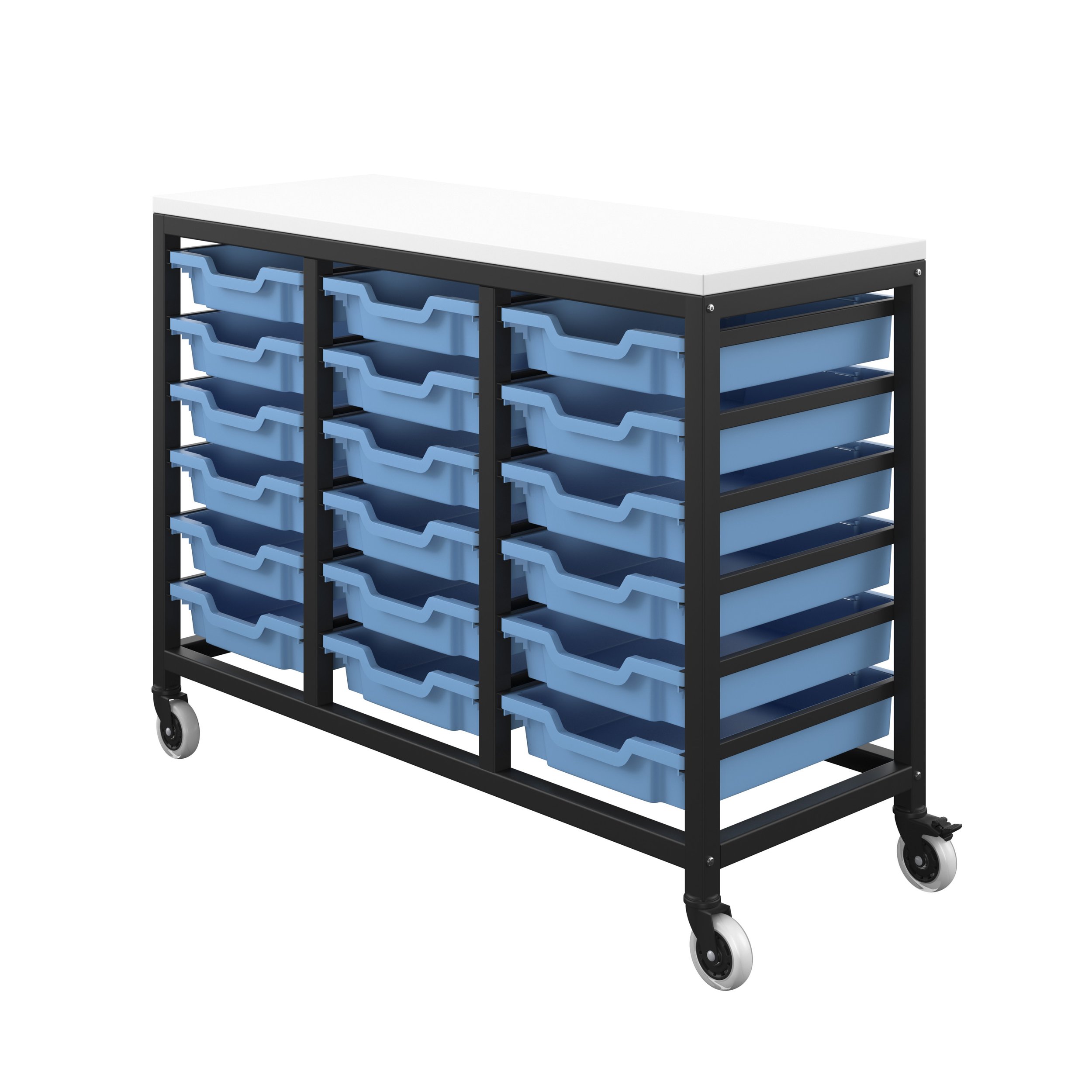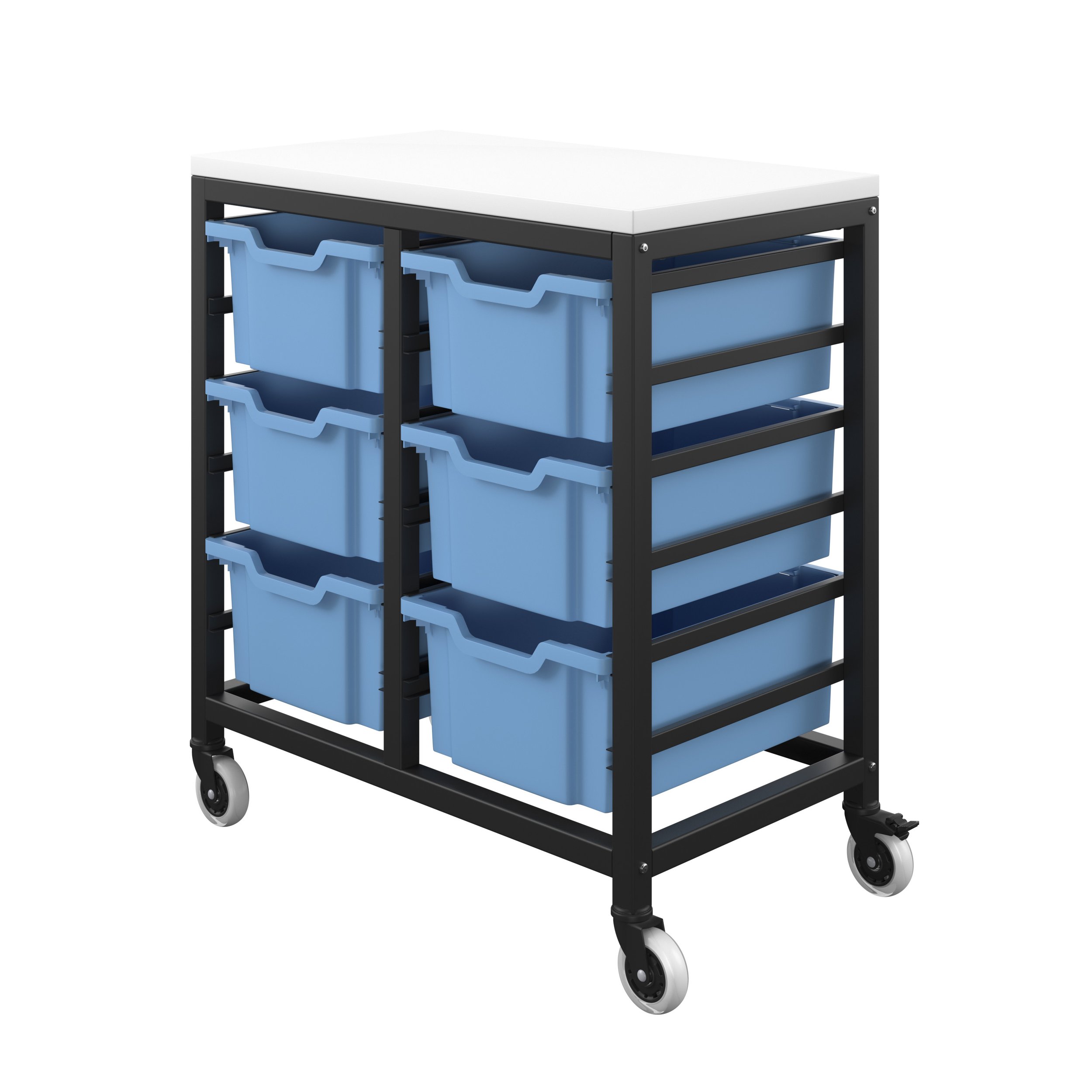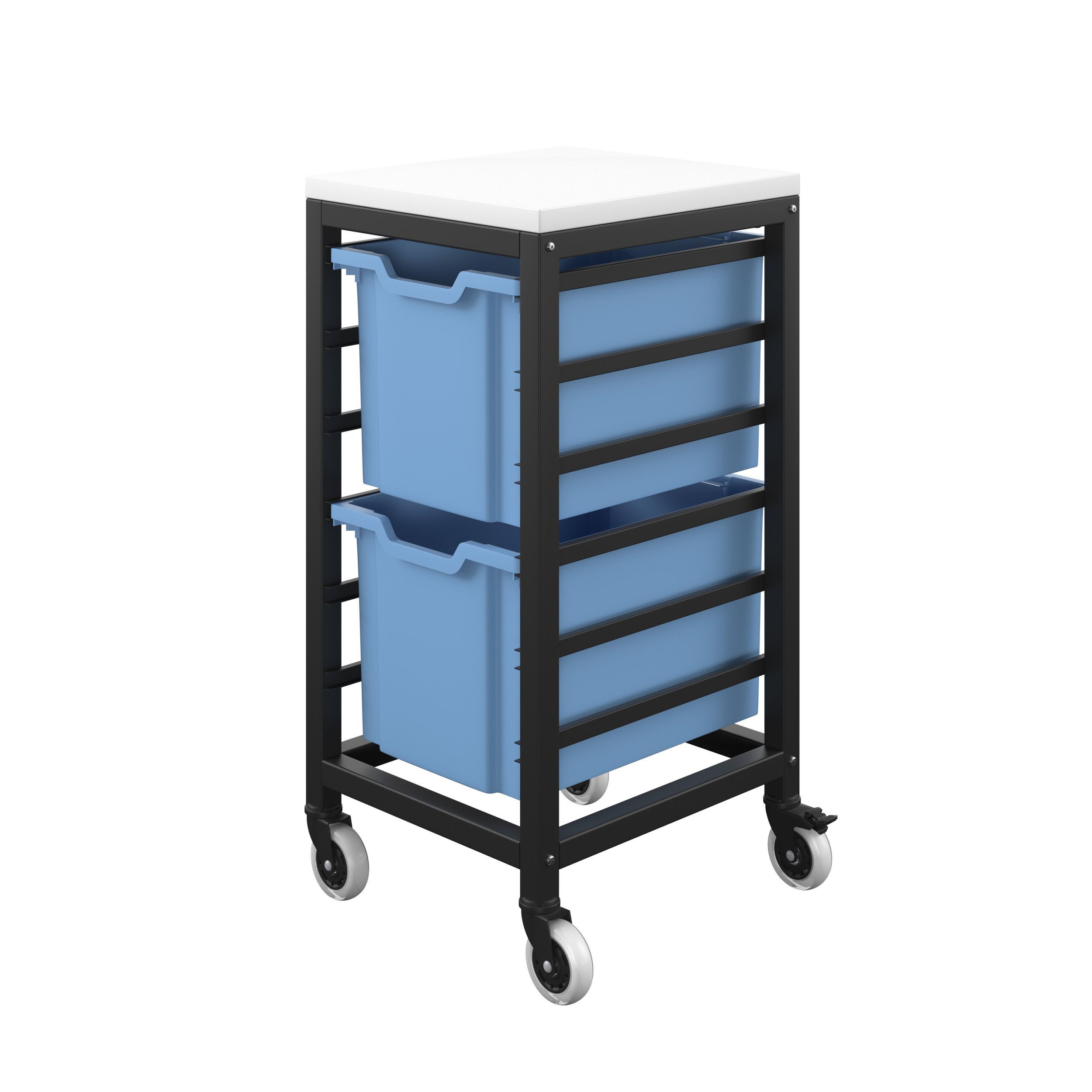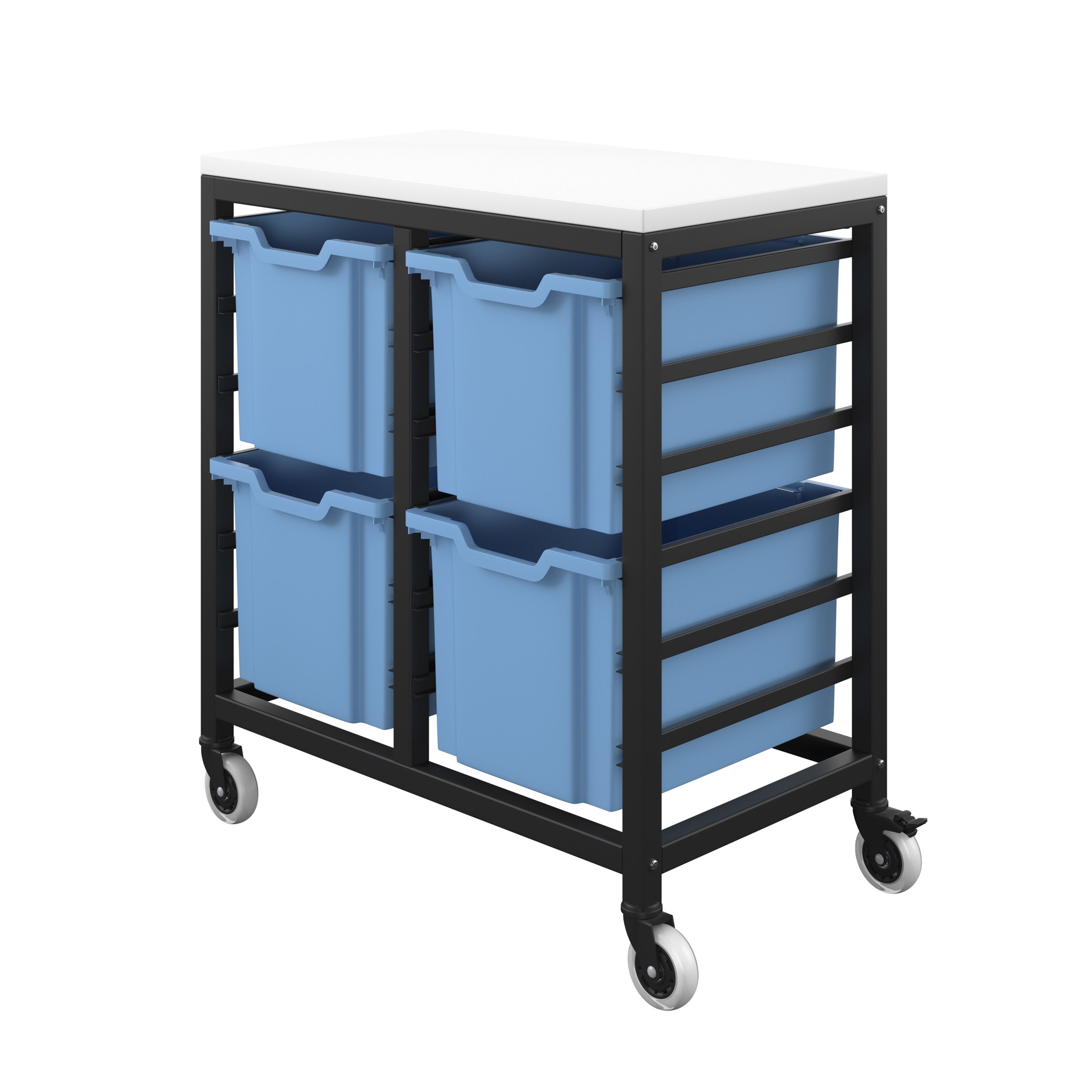Designing Spaces for Physical/Kinesthetic Learning: Choosing the Right Furniture
When it comes to education, one size does not fit all. Every student has a unique learning style, and it's crucial to create environments that cater to various approaches to learning. Physical or kinesthetic learners, for instance, thrive in hands-on, movement-oriented settings. Designing spaces to support their needs involves careful consideration of furniture and layout. This blog will explore how to create spaces and choose the right furniture to facilitate physical/kinesthetic learning.
Understanding Physical/Kinesthetic Learning
Physical or kinesthetic learners learn best through physical activities, tactile experiences, and movement. They excel when they can engage their bodies in the learning process, whether through hands-on experimentation, role-playing, or physical manipulation of objects. These learners are often great problem solvers and typically remember information best when associating it with physical actions.
Designing Spaces
Flexible Seating Arrangements: Consider providing various seating options to accommodate physical learners. Flexible seating arrangements allow students to move around and choose the seating that suits their learning style. This could include standing desks, yoga balls, bean bags, or floor cushions. The key is to offer alternatives to traditional desks and chairs.
Collaborative Spaces: Encourage group activities and collaboration by creating dedicated spaces for teamwork. Large tables, whiteboards, and comfortable seating can foster interaction and hands-on group projects.
Movement Zones: Incorporate designated areas for movement breaks or physical activities. This could be a corner with exercise equipment, a mini trampoline, or even a yoga mat. These zones provide an outlet for kinesthetic learners to release excess energy, which can improve their focus.
Accessible Supplies: Make sure supplies and learning materials are easily accessible. Having readily available tools, manipulatives, and resources empowers students to physically engage with their hands and explore concepts.
Choosing the Right Furniture
Height-Adjustable Desks: Adjustable desks that accommodate sitting and standing positions are excellent choices. This allows students to change their posture throughout the day, keeping them engaged and active.
Ergonomic Seating: Invest in ergonomic chairs and seating options that support good posture. Ergonomic furniture reduces physical discomfort and enhances concentration.
Mobile Furniture: Consider furniture on wheels that can be easily rearranged. This flexibility encourages students to create and adapt their ideal learning environment as needed.
Storage Solutions: Include storage spaces near each learning area to organise materials. This makes it easy for students to access and return items as needed.
Non-traditional Seating: Incorporate unconventional seating like stability balls, wobble stools, or rocking chairs. These options engage core muscles and provide subtle movement opportunities to aid concentration.
Interactive Boards and Displays: Install interactive whiteboards or touch screens to encourage physical interaction with digital content.
Conclusion: Designing spaces to support physical/kinesthetic learning involves thoughtful planning and consideration of the right furniture and layout. By providing flexible seating options, creating collaborative spaces, and incorporating movement zones, you can create an environment that empowers kinesthetic learners to excel and engage with their education actively. Remember, the key is to offer variety and choice to cater to the diverse learning styles within your classroom or educational setting.





